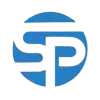Key Features of PERT Pipe
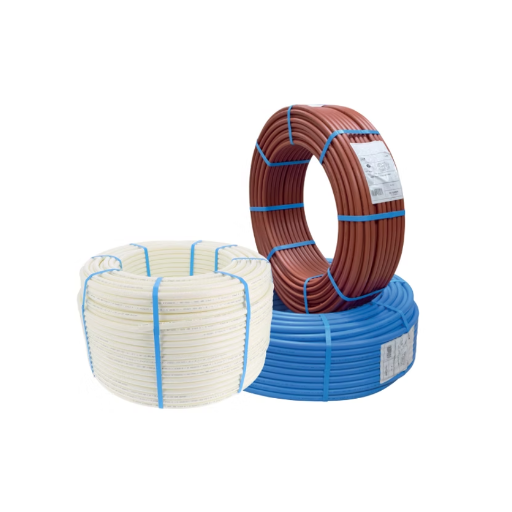
Durability and Flexibility
PERT pipes are engineered to deliver exceptional durability, designed to endure long-term exposure to the temperatures and pressures that modern heating and plumbing systems demand. Unlike materials requiring chemical cross-linking, PERT provides a reliable solution with superior thermal resistance, performing effectively even at temperatures up to 203°F (95°C).
Key Benefits:
- High flexibility allows easy maneuvering during installation
- Reduces reliance on fittings and connectors
- Bends without cracking, reducing material stress
- Suitable for complex layouts and configurations
Resistance to High Temperatures
PERT piping demonstrates exceptional resistance to heat, making it ideal for demanding applications. The material maintains stability and functionality when exposed to consistent high temperatures, crucial for systems such as:
- Hydronic heating systems
- Hot water distribution networks
- Industrial process applications
- Radiant floor heating
The advanced polymeric chains in PERT resist heat degradation, maintaining strength, flexibility, and integrity over extended periods while meeting international thermal resistance standards.
Energy Efficiency and Cost-Effectiveness
PERT offers significant advantages in both energy efficiency and cost-effectiveness:
| Benefit | Description | Impact |
|---|---|---|
| Low Thermal Conductivity | Minimizes heat loss in heating and plumbing systems | Reduced energy requirements and operational costs |
| Long-Term Durability | Maintains structure under demanding conditions | Lower maintenance and replacement costs |
| Sustainable Production | Optimized material usage and simplified manufacturing | Lower production costs and environmental impact |
Advantages of PERT Pipe
Long Lifespan of PERT Pipe
PERT piping systems are designed for exceptional longevity, with operational lifespans exceeding 50 years under normal working conditions. This extended service life is achieved through:
- Advanced Polymerization: Sophisticated processes create enhanced thermal and mechanical stability
- Stress Crack Resistance: Superior resistance to the primary cause of thermoplastic failure
- Creep Rupture Resistance: Exceptional performance under prolonged heat and stress
- Chemical Stability: Unlike metals, PERT doesn’t degrade due to water quality variations
Applications in Plumbing and Heating Systems
| Application | Temperature Rating | Pressure Rating | Key Benefits |
|---|---|---|---|
| Underfloor Heating | Up to 203°F (95°C) | 87 psi max | Uniform heat distribution, easy installation |
| Potable Water Distribution | Standard operating | 8 bar | Maintains water purity, smooth inner surface |
| Radiator Connections | High temperature stable | Variable | Compatible with various fittings |
| Hydronic Heating | Up to 176°F (80°C) | Standard | Minimal heat loss, energy efficient |
| Industrial Process | Variable | High pressure capable | Chemical resistance, reliability |
Applications of PERT Pipe
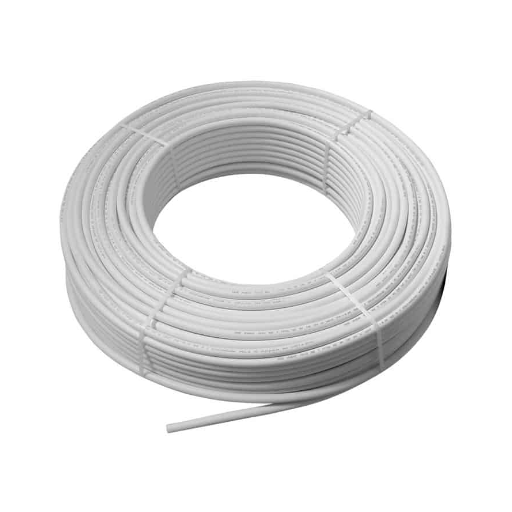
Plumbing Applications
PERT pipe systems excel in various plumbing applications due to their superior properties:
- Hot and Cold Water Distribution: Handles temperatures up to 203°F (95°C) and pressures up to 8 bar
- Under-Floor Heating: Excellent heat conduction and flexibility for radiant heating
- Central Heating Systems: Superior resistance to scaling and corrosion
- Industrial Plumbing Networks: Chemical resistance for handling aggressive media
- Solar Heating Systems: UV resistance and high-temperature capability
Underfloor Heating Systems
Energy Efficiency Benefits:
- Operates at lower temperatures (27-35°C vs 65°C+ for radiators)
- Provides up to 15% energy savings
- Enhanced comfort with even heat distribution
- Frees up interior space by eliminating radiators
Industrial Applications
Industrial underfloor heating applications demonstrate significant benefits:
| Industry | Application | Energy Savings | Additional Benefits |
|---|---|---|---|
| Warehouses | Large space heating | 30% reduction | Eliminates cold spots, improves comfort |
| Manufacturing | Production area heating | Variable | Better air quality, dust reduction |
| Food Processing | Temperature control | Standard | Hygiene compliance, moisture control |
| Greenhouses | Plant growth optimization | Variable | 20% crop yield increase |
| Sports Facilities | Arena heating | 25% reduction | Prevents condensation, improves comfort |
Comparison of PERT Pipe with Other Types
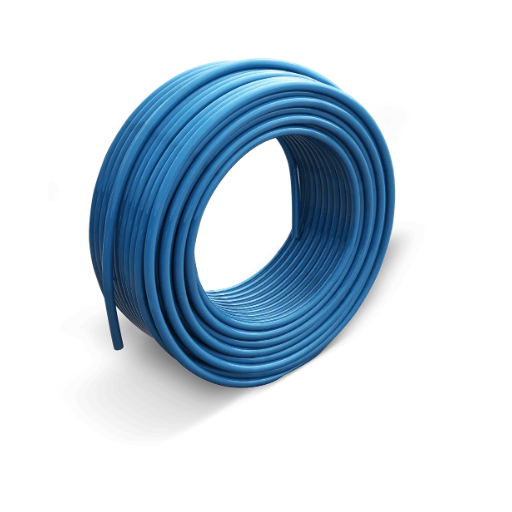
PERT vs PEX Comparison
| Feature | PERT | PEX |
|---|---|---|
| Material | Non-crosslinked PE-RT | Crosslinked polyethylene |
| Flexibility | High | Moderate |
| Cost | Lower | Higher |
| Installation | Easier | More complex |
| Temperature Range | -20°C to 85°C | -40°C to 95°C |
| Durability | Moderate | High |
| Chemical Resistance | Moderate | High |
| Repair Options | Hot-melt possible | External clamps only |
| Best Applications | Low-temp heating | High-temp systems |
| Lifespan | 40-50 years | 40-50 years |
PERT vs CPVC Comparison
| Feature | PERT | CPVC |
|---|---|---|
| Material | Non-crosslinked PE-RT | Chlorinated PVC |
| Flexibility | High | Low |
| Cost | Lower | Higher |
| Installation Method | Hot-melt | Solvent cement |
| Temperature Range | Up to 85°C | Up to 93°C |
| Durability | Moderate | High |
| Chemical Resistance | Moderate | High |
| Environmental Impact | High (eco-friendly) | Moderate |
| Best Applications | Low-temp heating | High-temp systems |
| Lifespan | 40-50 years | ~50 years |
When to Choose PERT Pipe
PERT pipe is the optimal choice for applications requiring:
- Flexible Installation: Complex layouts requiring pipe flexibility
- Temperature Cycling: Systems with frequent thermal expansion and contraction
- Cost-Effectiveness: Projects prioritizing long-term economic benefits
- Environmental Considerations: Green engineering projects requiring sustainable materials
- Clean Applications: Water handling in health and food processing industries
Ideal Operating Conditions:
- Continuous operating temperatures up to 180°F (82°C)
- Applications requiring resistance to scaling and microbial growth
- Systems where thermal fusion joining is preferred
- Projects requiring minimal mechanical fittings
Installation and Maintenance of PERT Pipe
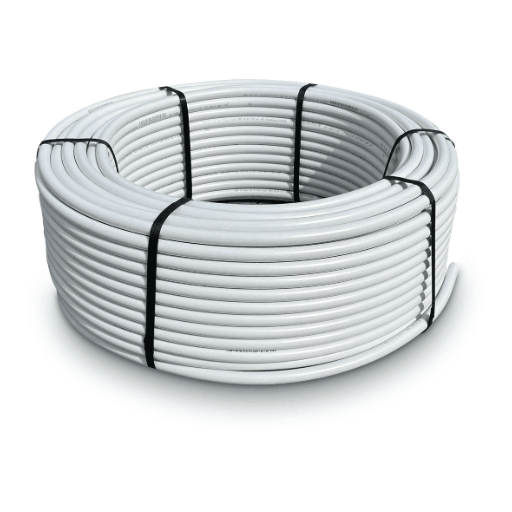
Tips for Proper Installation
- Pre-Installation Inspection: Check pipes and fittings for visible damage or defects
- Proper Storage: Keep in dry, clean areas away from prolonged UV exposure
- Follow Specifications: Adhere to manufacturer’s bending radii and pressure ratings
- Clean Cutting: Use appropriate polymer pipe cutters for clean edges
- Secure Connections: Use approved jointing methods (mechanical compression or electrofusion)
- Thermal Expansion: Provide expansion loops or joints for temperature changes
- Pressure Testing: Conduct thorough testing before system operation
- Code Compliance: Follow ASTM F2769, ISO 22391, or local building codes
Maintenance Best Practices
| Maintenance Task | Frequency | Purpose |
|---|---|---|
| Visual Inspections | Regular intervals | Check pipe joints, fittings, and expansion joints |
| System Flushing | Periodic | Limit sediment deposition and biofilm growth |
| Temperature/Pressure Monitoring | Continuous | Ensure operation within manufacturer limits |
| Condition Assessment | Annual | Document discoloration, cracking, or bulging |
| Maintenance Logging | Ongoing | Track repairs and identify recurring issues |
Ensuring Longevity of PERT Pipe Systems
Maximize system lifespan through:
- Quality Materials: Use superior-quality resins with thermal stabilization
- Operating Parameters: Maintain temperature, pressure, and chemical exposure within specifications
- Professional Installation: Ensure proper handling, alignment, and joint integrity
- Fusion Joining: Use approved fusion methods for molecular homogeneity
- Monitoring Technology: Implement inline inspection tools and pressure sensors
- Predictive Maintenance: Plan maintenance strategies to prevent operational interruptions
Frequently Asked Questions (FAQ)
References
- Polyethylene
- Pipe (fluid conveyance)
- Plumbing
